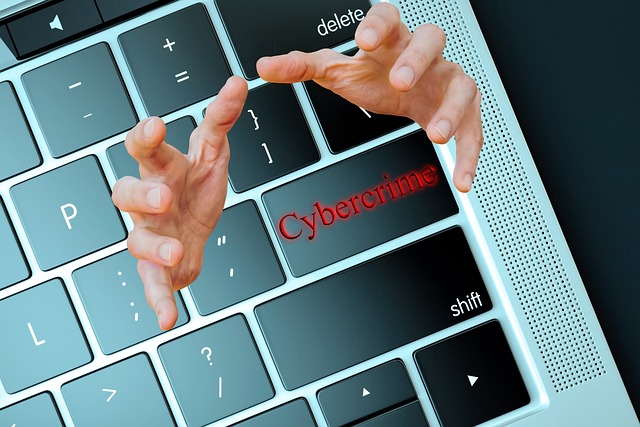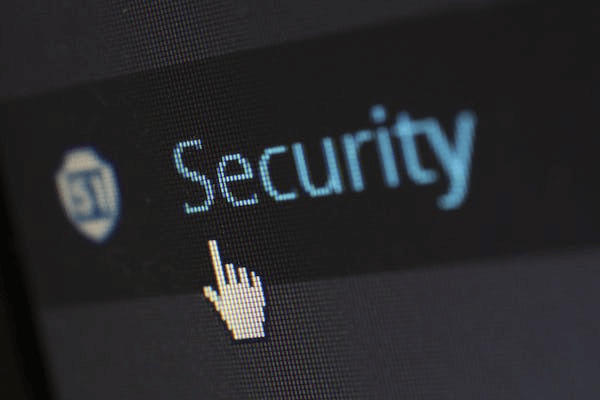
Small and medium businesses (SMBs) are at a growing risk of being targeted by cybercriminals. With an increasing number of SMBs relying on digital systems and storing sensitive data online, the threat of cybercrime has become more imminent.
Hackers and cybercriminals see SMBs as attractive targets, due to their often limited resources for digital security and lack of proper protection measures, making it easier for them to gain access to sensitive information and cause significant harm. Educating the employees about the hacking through the Ethical Hacking Course will help to prevent hackers.
Cybercrime can lead to financial losses and sensitive information and damage the company’s reputation. Therefore, SMBs must prioritise cybersecurity to protect their assets and ensure their long-term success in the digital age.
This article will walk you through 5 easy steps on how to protect your business from cybercrime, so that you can stay ahead of the curve and not become a victim next door.
Easy Guide for SMBs to Prevent Cybercrime
Passwords are Safety Keys
Using strong passwords, two-factor authentication (2FA), and an automatic password manager are comprehensive protection keys for online accounts and personal information.
Strong passwords play a critical role in protecting online accounts and personal information from unauthorised access. A strong password is typically composed of a mixture of letters, numbers, and special characters, making it difficult for hackers to guess or crack.
With an increasing number of sources demanding for a password, it can be challenging to keep creating and tracking so many different personal security codes. Using an automatic password manager will simplify this process, as well as enhance your online security. It will generate strong, unique passwords for each of your accounts and securely store them. It also automatically fills in login information, saving you time and reducing the risk of password reuse.
The 2FA is an important security measure that adds an additional layer of digital protection. In addition to a password, 2FA requires users to provide a second form of authentication, such as a fingerprint, security token, or code sent to a mobile device, before being able to proceed. This makes it much more difficult for unauthorised users to access sensitive information, even if they have obtained the password.
Keep Software Updated
Keeping software up-to-date is an important aspect of maintaining the security of your devices and data. Software updates often include patches for security vulnerabilities that have been discovered, so it is crucial to install these updates as soon as they become available. Software vendors release updates on a regular basis to address newly discovered security threats and improve the performance of their products.
It is recommended to regularly check for software updates and install them promptly to ensure that your software is protected against the latest security threats. This can be easily done by enabling automatic updates or checking for updates manually on a regular basis.
Neglecting to update software can leave your devices and data vulnerable to cyber threats and negatively impact your experience. Keeping software up-to-date is a simple but effective step in securing your devices and data.
Invest in education
Educating employees about cybersecurity is an important way to protect sensitive data and prevent data breaches. Employees are often the first line of defence against cyber threats and it’s essential to equip them with the knowledge and skills they need to recognize and respond to potential threats.
By providing employees with regular cybersecurity training, they can learn how to spot phishing scams, identify social engineering attacks, and securely handle sensitive data.
In addition to training, companies can also provide employees with resources and guidelines for protecting sensitive data, such as strong password policies, the use of encryption for sensitive data in transit and at rest and the proper disposal of sensitive information, in case your company or organisation gathers financial and medical records or other sensitive information that needs to be protected.
By educating employees, companies are also contributing to creating a culture of cybersecurity awareness and accountability, making it easier to enforce security policies and respond to potential threats. Moreover, employees who are educated about cybersecurity are less likely to engage in risky behaviour that could expose the company to cyber threats.
Regular Backup Strategy
Regularly backing up important data is a critical step in minimising the impact of a successful cyber attack. Backups provide a secure and reliable copy of critical data, which can be used to restore systems and data in the event of a breach. This helps to minimise downtime and reduce the impact of the attack on operations.
There are several backup options available, including local backups to an external hard drive, cloud-based backups, and hybrid backups that use a combination of both. It’s important to choose a backup solution that meets your specific needs, taking into account factors such as the amount of data, the frequency of updates, and the level of security required.
Regular backups should be performed at regular intervals, such as daily or weekly, to ensure that the most recent version of critical data is available. In the event of a breach, the latest backup can be used to restore the affected systems and data, minimizing the impact on operations. It’s important to test backups regularly to ensure that they can be successfully restored in the event of a failure.
Having a solid backup strategy in place is an essential part of a comprehensive cybersecurity plan. Regular backups help to minimize the impact of a successful cyber attack and ensure that critical data and systems can be quickly restored. This reduces the risk of data loss and helps to keep operations running smoothly.
Team up with a Professional
Working with a managed security service provider (MSSP) can provide significant benefits. They will proactively monitor the systems for threats and ensure rapid response in the event of an attack. MSSPs offer a range of security services, including continuous monitoring, threat detection and response, and incident management.
An MSSP can help organizations stay ahead of potential threats, by using advanced technologies, such as artificial intelligence and machine learning, to detect and respond to security incidents. This helps to respond to threats more quickly and effectively, reducing the risk of data loss and minimizing the impact of an attack.
In addition, MSSPs provide expert support in the event of an attack. They have the expertise and resources needed to respond quickly to security incidents, providing the support they need to get back on track as quickly as possible. MSSPs also has ongoing security training and education, helping to build a culture of security awareness and accountability.
Conclusion
It is crucial for SMBs to be serious about protecting themselves from cybercrime. The increasing reliance on digital systems and the storage of sensitive information online make SMBs a prime target for hackers and cybercriminals. The consequences of a successful attack can be devastating, resulting in financial losses, loss of sensitive information, and damage to the company’s reputation.
SMBs need to take proactive measures to secure their systems, educate their employees, and implement strong security measures to reduce the risk of falling victim to cybercrime. Investing in cybersecurity is not only a smart business decision, but it is also essential for the long-term success and survival of SMBs in the digital age. By taking these five steps, significantly reduce the risk of falling victim to cybercrime and contribute to a digital safe world.









